#Bloggers Life
Explore tagged Tumblr posts
Text
the cycle of life

#tarot#tarotblr#divination#tarot reading#witch#witchblr#witchcraft#occult#spirituality#i’m just a girl#girl blogger#girlblogging#girlhood#female hysteria#female rage#coquette#paganblr#im just a girl#just girly thoughts#united states#life#sad notes#us politics#this is what makes us girls#girlblog aesthetic#girl interrupted#sad quotes#paganism#trump administration#trump
28K notes
·
View notes
Text


౨ৎ literally me <3

#girlblog#hell is a teenage girl#esoteric girl#gaslight gatekeep girlboss#girl blogger#girl thoughts#girlblogging#female manipulator#girlhood#im just a girl#me fr#me core#it girl#devine feminine#feminine rage#hyper feminine#female hysteria#femcel#just girly things#dollette#coquette#real life doll#doll girl#bambi girl#bambi doll#baby pink#light feminine#fawn posts#fawn angel#fawn girl
9K notes
·
View notes
Text
hey if ur reading this and ur in a bad spot mentally or anything i hope u feel better soon and have a good day
#self care#self love#mental health#mental health awareness#mental health support#mental health resources#mental health help#mental health tips#mental health advice#mental health blog#mental health blogger#mental health community#mental health positivity#suggestion#suggestions#life suggestions#positive suggestions
5K notes
·
View notes
Text

◟♡ Daydreaming 24/7
#mine#just girly things#manic pixie dream girl#daydreaming#tumblr girls#girl interrupted#girlblogging#hell is a teenage girl#relatable#lana del ray aka lizzy grant#lana del rey#whisper girl#whisper#just girly thoughts#gaslight gatekeep girlboss#girlhood#femcel#girl interupted syndrome#girlblogger#dollete#this is what makes us girls#lizzy grant#life of a teenage girl#female hysteria#girlcore#coquette dollete#girl blogger#just a girlblog
6K notes
·
View notes
Text
No one is watching you as much as you think they are. No one cares if you're biking alone, playing basketball by yourself, or sitting by a river with a blanket and a book. What actually matters is how those things make you feel. Do they bring you peace? Do they make you happy? That’s what counts. Not some random stranger’s opinion that won’t even last ten seconds. think again
#bloomtifully#bloomivation#bloomdiary#wonyoungism#becoming that girl#creator of my reality#glow up#dream life#divine feminine#it girl#wonyoung#girl blogger#blogging#girl blogging#tumblr girls#girlhood#girly stuff#lucky vicky#life lessons#self growth#self love#self confidence#self development#self improvement#self care#alone but not lonely
5K notes
·
View notes
Text

#girl blog#im just a girl#girlhood#hell is a teenage girl#girl blogger#delusional#female rage#lana del rey#girlcore#lana del ray aka lizzy grant#girly stuff#girl interrupted#manic pixie dream girl#cool girl#this is what makes us girls#esoteric#girl rotting#girly tumblr#feminine urge#ultraviolence#this is girlhood#female insanity#girl boss gaslight gatekeep#cinnamon girl#the virgin suicides#girl interrupted syndrome#female hysteria#lust for life
11K notes
·
View notes
Text

#girlblogging#lana del rey#lizzy grant#sparkle jump rope queen#tumblr girls#girlblogger#kate mess#this is what makes us girls#coquette#im just a girl#2014 tumblr#tumblrina#lana del ray aesthetic#white mustang#just girly thoughts#just girly things#hell is a teenage girl#ultraviolence#off duty model#coquette aesthetic#alana champion#lust for life#dollette#hyper feminine#girl blogger#girl blog#black beauty
8K notes
·
View notes
Text
it took 13 beaches to find one empty 𝜗𝜚
#lana del rey#coquette#lizzy grant#ldr#girlblogging#relatable#hell is a teenage girl#lana del rey aesthetic#elizabeth woolridge grant#this is what makes us girls#girlcore#sparkle jump rope queen#girl interrupted syndrome#girl interrupted#girl blogger#girl blogging#divine feminine#fawn angel#fawncore#angelcore#lust for life#girlhood#violetmelancholia#tumblr girls#this is a girlblog#lana is god#may jailer#female manipulator#femcel#gaslight gatekeep girlboss
3K notes
·
View notes
Text








Happy Black History Month
Black Jazz Musicians
Their names are presented below, in chronological order from top to bottom
Louis Armstrong 1901-1971
Ella Fitzgerald 1917-1996
Duke Ellington 1899-1974
Miles Davis 1926-1991
Billie Holiday 1915-1959
Count Baise 1904-1984
Sarah Vaughn 1924-1990
Nancy Wilson 1937-2018
#black girl aesthetic#black girl blogger#black girls of tumblr#pinterest#black girl joy#black girl magic#soft life#black girl beauty#luxury#soft girl era#happy black history#black history month#black people are the blueprint#sarah vaughan#count basie#billie holiday#louis armstrong#ella fitzgerald#nancy wilson#black men#black excellence#jazz music#jazz musician#jazz#duke ellington#miles davis#black and proud#black is beautiful#rooting for black people#black history
4K notes
·
View notes
Text
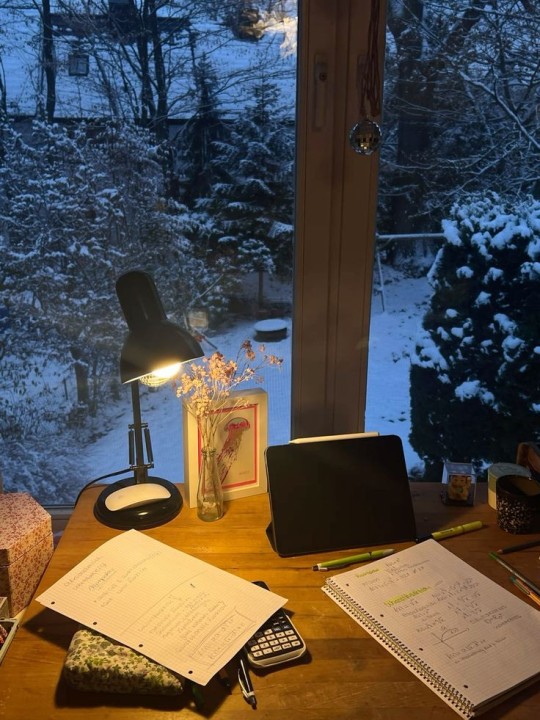
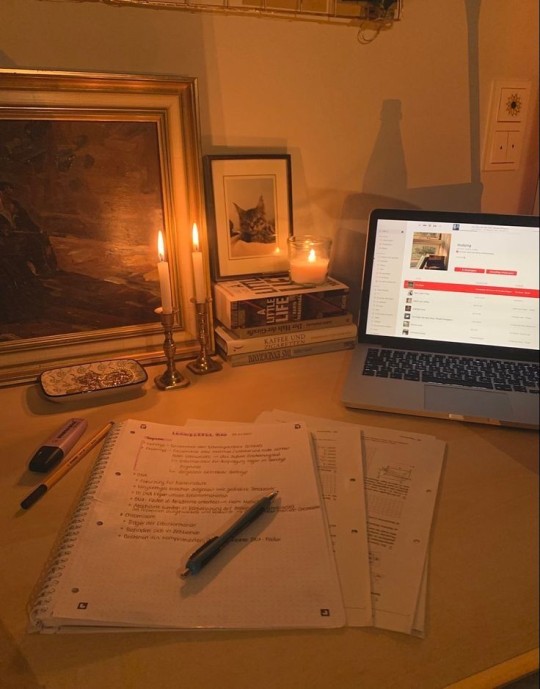
I will succeed. Not instantly. But definitely.
#study motivation#studyblr#girl blogger#quotes#study inspiration#studyspo#studying#study inspo#study blog#study goals#study motivator#student#study movitation#harsh studyspo#study aesthetic#studyblr community#college#education#school#note taking#study notes#study tips#studyinspo#study life#university life#university#chaotic academia#dark academia#light academia#motivation
3K notes
·
View notes
Text


౨ৎ this is real true love <3

#girlblog#hell is a teenage girl#esoteric girl#gaslight gatekeep girlboss#girl blogger#girl thoughts#girlblogging#female manipulator#girlhood#im just a girl#doll girl#real life doll#bambi doll#dollette#coquette#lana del ray aka lizzy grant#lana is god#lana del rey#lizzy grant aesthetic#lana del ray aesthetic#girl rotting#this is what makes us girls#devine feminine#hyper feminine#bambi girl#bambification#fawn posts#fawn angel#fawn girl#true love
5K notes
·
View notes
Text
hey if ur reading this and ur in a bad spot mentally or anything i hope u feel better soon and have a good day
#self care#self love#mental health#mental health awareness#mental health support#mental health resources#mental health help#mental health tips#mental health advice#mental health blog#mental health blogger#mental health community#mental health positivity#suggestion#suggestions#life suggestions#positive suggestions
10K notes
·
View notes
Text
✧˖° studying without suffering: how to actually enjoy learning (yes, it’s possible)



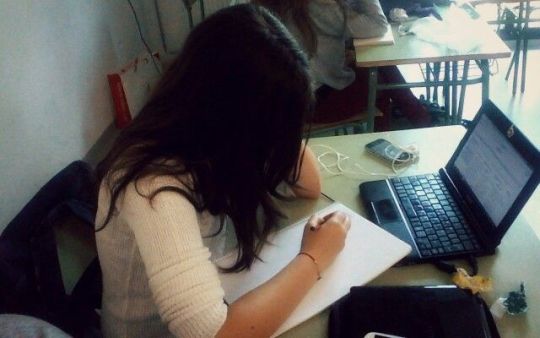

✧˖° let’s talk.
hey angels, it's mindy!
most people treat studying like a punishment. something to be endured, not enjoyed. it’s that thing you force yourself to do, like taking bitter medicine or running a mile in gym class. but what if that’s the reason you struggle with it?
the secret? you were never meant to hate learning.
somewhere along the way, school made it boring. maybe you had teachers who sucked the fun out of it. maybe you associate studying with stress, deadlines, and exhaustion. but learning is supposed to be exciting. when you actually enjoy it, everything changes. you focus longer, retain more, and (ironically) spend less time studying because your brain actually absorbs the information.
so, let’s fix it. let’s make studying something you want to do instead of something you suffer through.
✧˖° ➼ step 1: detach learning from school
(school & learning are not the same thing. stop letting school ruin your curiosity.)
the first mindset shift? realize that school does not own learning.
➼ school is about structure, deadlines, and tests. it’s designed to measure performance. ➼ learning is about curiosity, deep thinking, and exploration. it’s designed to expand your mind. and help you grow as a person.
if you’ve only ever studied because you had to, your brain associates it with pressure. break that pattern. find something outside of school that you actually like learning about. philosophy, psychology, art history, neuroscience, fashion design, whatever makes you curious.
even if it’s unrelated to your classes, it rewires your brain to see learning as an intrinsic activity, not just an obligation. once you enjoy learning in general, you can transfer that energy back into your studies.
✧˖° ➼ step 2: romanticize the process (but actually make it feel good)
("romanticizing studying" doesn’t mean just buying cute stationery. let’s go deeper.)
sensory association is everything. your brain links experiences to the way they feel physically. so if studying feels uncomfortable, you’ll avoid it. the solution? make it a luxurious experience for your senses.
✧ visuals → clean, minimalist desk, soft lighting, aesthetic study materials ✧ sound → rain sounds, classical piano, lo-fi beats (music that enhances focus) ✧ touch → cozy blankets, warm tea, smooth pens gliding over paper ✧ scent → vanilla candles, fresh coffee, the pages of an old book
this isn’t just about aesthetics. it’s neuroscience. when studying feels pleasurable, your brain stops resisting it.
✧˖° ➼ step 3: use high-dopamine study techniques
(forcing yourself to study the “normal” way is why you hate it.)
some study methods are literally designed to be boring. ditch them.
instead, try:
➼ blurting method: instead of passively reading, close your book and write down everything you remember. then check what you missed. (way more engaging than just re-reading notes.) ➼ dual-coding: mix visuals with text. draw tiny sketches next to your notes. turn concepts into mind maps. watch a video explaining a topic right after reading about it. ➼ pomodoro stacking: instead of the typical 25-minute study sprints, customize it. (ex: 50 min deep focus + 10 min break with an actual reward.) ➼ interleaving technique: mix subjects instead of block studying. it forces your brain to stay engaged.
stop making studying harder than it needs to be. find what works for you, and your brain will stop fighting it.
✧˖° ➼ step 4: make studying social (but in a smart way)
(because you’re not supposed to do this alone.)
studying alone for hours? miserable. but studying with others who are just as serious as you? instant motivation boost.
but instead of chaotic group study sessions where no one gets anything done, try:
✧ parallel studying: hop on facetime or join a study livestream. silent, focused, but together. ✧ teaching method: explain concepts to a friend. if you can teach it, you truly understand it. ✧ study accountability: check in with someone daily. send each other your study goals, no excuses.
even just knowing someone else is studying at the same time can trick your brain into feeling more engaged.
✧˖° ➼ step 5: shift your identity
("i hate studying" isn’t a personality trait. it’s a mindset problem.)
if you keep saying “i hate studying,” your brain will never enjoy it. change the narrative.
➼ instead of “i suck at studying,” try → “i’m learning how to study in a way that works for me.” ➼ instead of “i can’t focus,” try → “i’m training my brain to focus longer every day.” ➼ instead of “i don’t feel like it,” try → “i’m someone who gets things done, whether i feel like it or not.”
become the type of person who enjoys learning. once that becomes your identity, everything else follows.
✧˖° ➼ step 6: create emotional attachment to your goals
motivation dies when your goals feel distant and impersonal. if you’re studying just because you “have to,” it’s easy to procrastinate. but if you link it to something deeply personal, it becomes non-negotiable.
try this: visualize your future self. imagine the version of you who already achieved everything you want. who is she? what does she do? how does she study?
then, make it emotional. ✧ if you dream of getting into your dream school, print pictures of it. make a vision board. ✧ if you want financial freedom, imagine the luxury of never stressing over money. ✧ if you want to be respected in your field, remind yourself that your knowledge is your power.
when you make studying personal, it stops being a chore. it becomes a commitment.
✧˖° ➼ step 7: stop making everything harder than it needs to be
(struggling doesn’t mean you’re working harder. it just means you’re struggling.)
too many people study inefficiently because they think suffering = productivity. but studying smarter is always better than studying longer.
some ways to make it easier on yourself: ➼ use study apps → quizlet, pomdoro apps for focus, notion for organization ➼ summarize like you’re texting a friend → rewrite notes in your own words, no unnecessary fluff ➼ study in “levels” → don’t jump straight into deep studying. warm up with light review, then increase intensity ➼ take advantage of spaced repetition → stop cramming, your brain retains more when you review over time
efficiency = less stress, better results. don’t work harder than necessary.
✧˖° ➼ step 8: replace toxic productivity with high-performance habits
studying 10 hours in one night ≠ academic excellence. true high-achievers prioritize sustainability.
➼ quit glorifying exhaustion. taking breaks improves focus. it’s not laziness. ➼ learn when to walk away. if you’re zoning out, step away. 10 minutes of real focus > 2 hours of fake studying. ➼ protect your sleep. all-nighters don’t make you hardcore, they make you ineffective. your brain processes info while you sleep.
the goal isn’t to study the longest. it’s to study in a way that keeps your mind sharp and focused.
✧˖° ➼ step 9: master the “dopamine pull” method
instead of forcing motivation, use dopamine to your advantage.
➼ habit stacking → pair studying with something enjoyable (ex: study while drinking your favorite matcha) ➼ mini rewards → after finishing a chapter, reward yourself with something small but satisfying ➼ gamification → track progress like a video game. every completed task = a “level up”
your brain loves dopamine. give it reasons to associate studying with good feelings.
✧˖° ➼ step 10: let go of perfectionism (but keep high standards)
perfectionism leads to procrastination and burnout. instead of striving for flawless, aim for consistent excellence.
✧ done is better than perfect. stop rewriting notes 5 times. ✧ progress is the goal. each study session should move you forward, even if it’s small. ✧ your worth is not your grades. strive for success, but don’t let school define you.
when you release perfectionism, you actually start achieving more. keep your standards high, but don’t let them paralyze you.
✧˖° mindy’s personal tips
(things that helped me romanticize studying & actually make it enjoyable:)
➼ set a 5-minute timer. just start. most of the time, your brain stops resisting once you begin. ➼ don’t let study guilt ruin your breaks. rest is productive. ➼ have a “study fit.” i swear, dressing up just a little makes a difference. ➼ invest in one high-quality pen. something that glides effortlessly. small detail, huge difference. ➼ study in cafés, libraries, parks. switch locations to keep it interesting. ➼ make it ✧ cozy ✧. fuzzy socks, oversized sweaters, soft blankets. your comfort matters.
✧˖° homework: rewire your study experience
➼ for one of your study sessions this week, try at least two of the techniques above. ➼ write a short journal entry: how do you want to feel while studying? how can you make that happen? ➼ change just one thing about your study setup that makes it more enjoyable.
then come back & tell me. did studying feel better? (you can always message me or send me an ask in my inbox)

#girlblogger#studyspo#studyhacks#romanticizelearning#academicweapon#glowup#selfimprovement#tumblrgirl#studentlife#focusmode#girl blogger#glowettee#dream girl#it girl energy#study tips#pink#becoming that girl#that girl#self improvement#academic motivation#academic validation#academic weapon#chaotic academic aesthetic#student life#student#studying#studyblr#university#study techniques#study aesthetic
1K notes
·
View notes
Text

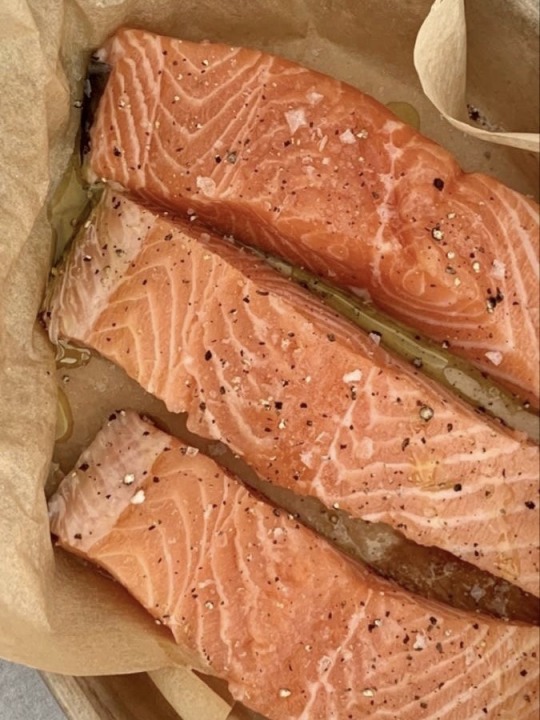
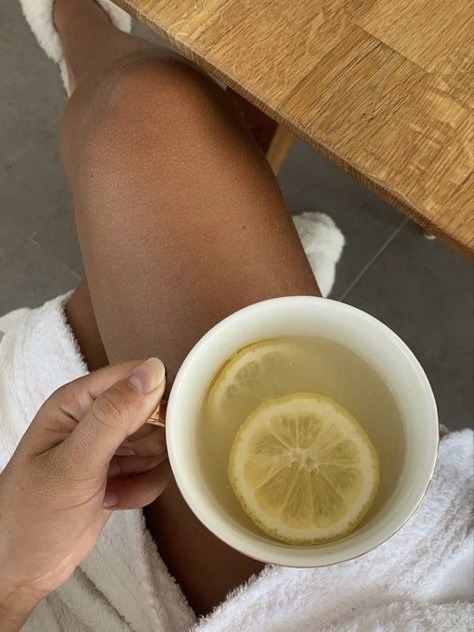
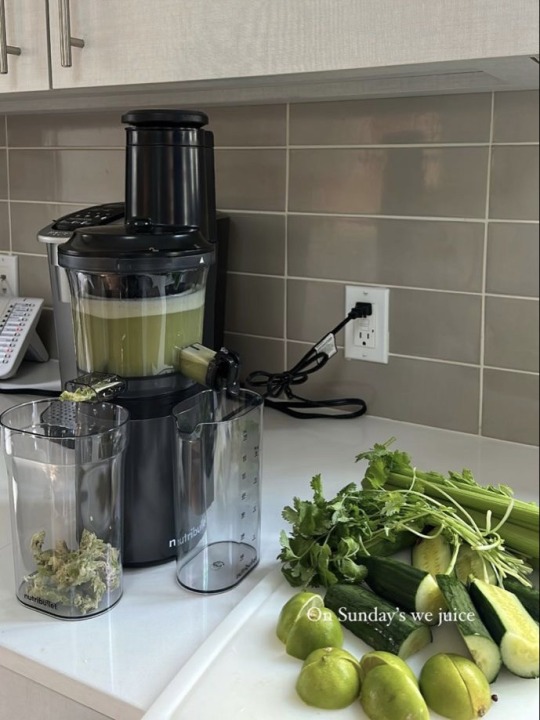
Prioritising nutrition
#clean girl#corporate girl#divine feminine#latte girl#matcha girl#soft girl era#soft life#thinkpink moodboard#working girl#pink pilates princess#that girl#this is a girlblog#that girl aesthetic#aesthetic#clean girl aesthetic#girl blogger#green juice girl#girlblogging#hot girl walk#vanilla girl
6K notes
·
View notes
Text
The essential skincare acids guide


type of acids sheet
Salicylic Acid – Best for oily and acne-prone skin. It penetrates deep into the pores, unclogs blackheads and whiteheads, controls excess oil, and prevents breakouts.
Glycolic Acid – Ideal for normal to oily skin. It exfoliates the top layer, brightens the skin, improves texture, and reduces fine lines and hyperpigmentation.
Lactic Acid – Suitable for dry and sensitive skin. It gently exfoliates while providing hydration, making it great for dullness and rough texture without irritation.
Mandelic Acid – Best for sensitive and acne-prone skin. It helps with uneven skin tone, reduces breakouts, and provides mild exfoliation without irritation.
Azelaic Acid – Works for all skin types, including sensitive skin. It reduces redness, fades hyperpigmentation, treats acne, and calms rosacea.
Kojic Acid – Best for hyperpigmented and sun-damaged skin. It helps lighten dark spots, melasma, and discoloration caused by acne scars or sun exposure.
Tranexamic Acid – Ideal for all skin types struggling with stubborn pigmentation. It effectively reduces melasma, post-inflammatory hyperpigmentation (PIH), and sunspots.
Hyaluronic Acid – Suitable for all skin types, especially dry and dehydrated skin. It deeply hydrates, plumps fine lines, and retains moisture for a youthful look.
Polyglutamic Acid – Great for dry and dehydrated skin. It locks in moisture, provides long-lasting hydration, and enhances the skin’s elasticity.
Ascorbic Acid (Vitamin C) – Best for dull, uneven, and aging skin. It brightens, reduces pigmentation, fights free radicals, and boosts collagen production.
Ferulic Acid – Works for all skin types, particularly those using Vitamin C. It enhances the antioxidant power of Vitamin C and E, preventing premature aging.
Ceramides (Fatty Acids) – Essential for dry and sensitive skin. They repair and strengthen the skin barrier, preventing water loss and irritation.
Linoleic Acid (Omega-6 Fatty Acid) – Ideal for acne-prone and oily skin. It reduces clogged pores, balances oil production, and supports a healthy skin barrier.
Ellagic Acid – Good for sun-damaged and aging skin. It protects against UV damage, brightens skin, and provides antioxidant benefits.
Cinnamic Acid – Suitable for all skin types. It has anti-inflammatory properties and helps protect against environmental damage.
Succinic Acid – Best for oily and acne-prone skin. It controls sebum production, fights acne-causing bacteria, and soothes inflammation.
How to choose the right skincare acid for ur skin type
Oily & Acne-Prone Skin
Salicylic Acid (BHA): Penetrates deep into pores to remove excess oil and prevent breakouts.
Azelaic Acid: Reduces acne, fades dark spots, and calms redness.
Succinic Acid: A gentle anti-inflammatory that helps control breakouts.
Dry & Dehydrated Skin
Lactic Acid (AHA): Exfoliates while hydrating the skin.
Hyaluronic Acid: Retains moisture and plumps the skin.
Mandelic Acid: A mild exfoliant that improves texture without drying.
Combination Skin
Glycolic Acid (AHA): Brightens skin and smooths texture.
Salicylic Acid (BHA) (my bff🦅) : Controls oil production in the T-zone.
Hyaluronic Acid: Hydrates dry areas while balancing oil.
Sensitive Skin
Mandelic Acid: A gentle AHA that exfoliates with minimal irritation.
Azelaic Acid: Soothes inflammation and reduces redness.
PHA (Polyhydroxy Acids): Provides mild exfoliation while boosting hydration.
Hyperpigmentation & Dark Spots
Kojic Acid: Brightens skin and reduces discoloration.
Tranexamic Acid: Fades stubborn dark spots and melasma.
Glycolic Acid (AHA): Speeds up cell turnover for an even skin tone.
Aging & Wrinkles
Glycolic Acid (AHA): Stimulates collagen production and smooths fine lines.
Ferulic Acid: Enhances antioxidant protection and stabilizes vitamin C.
Ascorbic Acid (Vitamin C): Brightens skin and fights free radical damage.
Common Mistakes When Using Skincare Acids
Using skincare acids can transform your skin, but when used incorrectly, they can cause irritation, sensitivity, or even worsen skin concerns. Here are some common mistakes to avoid:
1. Over-Exfoliating
Many people think using glycolic or salicylic acid daily will give them faster results, but excessive exfoliation weakens the skin barrier. This can lead to redness, peeling, breakouts, and sensitivity. (especially for oily skin)
Solution: Use exfoliating acids (AHAs/BHAs) 2-3 times per week and always listen to your skin. If it feels irritated, take a break pleaaase
2. Skipping Sunscreen
Acids like glycolic, lactic, and salicylic acid increase your skin’s sensitivity to the sun. Without SPF, you risk sunburn, premature aging, and even worsening of dark spots.
Solution: Always use a broad-spectrum SPF 30+ sunscreen daily when using serums with those acids.
3. Mixing the Wrong Acids
Not all acids work well together. Using too many active ingredients in one routine can cause irritation.
🔴 Examples of bad combinations:
Vitamin C + AHAs/BHAs → Can cause irritation and weaken Vitamin C’s effectiveness.
Retinol + AHAs/BHAs → Too harsh on the skin, leading to peeling and sensitivity. (by experience 💁🏻♀️)
Niacinamide + Vitamin C (unless properly formulated) → Can cause flushing or reduce effectiveness.
Solution: Use exfoliating acids on alternate days and simplify your routine to avoid irritation.
4. Not Hydrating Properly
Exfoliating acids remove dead skin cells but can also strip away moisture. Without proper hydration, the skin can feel tight, dry, or irritated.
Solution: After using acids, apply thick a moisturizer to maintain balance especially if the acids dry ur skin so fast
@bloomzone
#bloomtifully#bloomivation#girl blogger#bloomdiary#luckyboom#lucky vicky#wonyoungism#becoming that girl#creator of my reality#dream life#divine feminine#glow up#it girl#wonyoung#self growth#self love#self care routine#self care#skincare routine#skincare#get motivated#matcha girl#self improvement#blogging#girl blogging#tumblr girls#girlhood#girly stuff#clean girl#dream girl journey
1K notes
·
View notes
